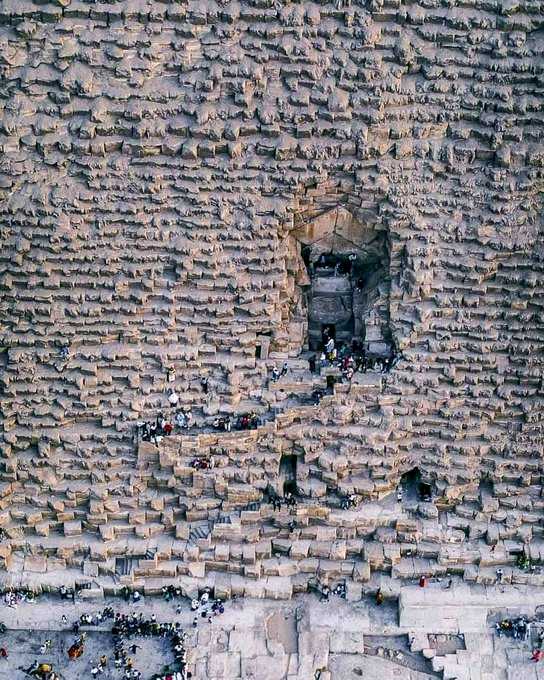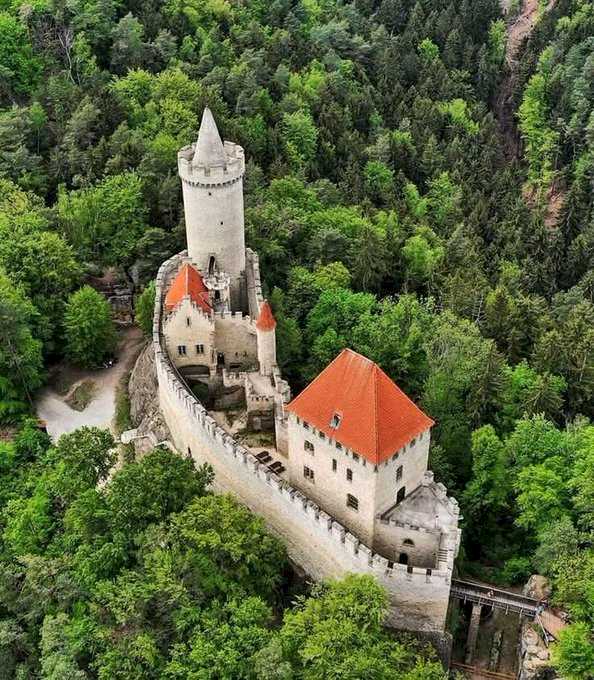'How Death Came into the World' is a legend of the Modoc nation whose ancestral lands once covered the region of modern-day northeastern California and southern Oregon, USA. Their story of the origin of death shares many similarities with those of other Native peoples of North America as well as with the ancient Greek myth of Orpheus and Eurydice.
The Modoc were 'discovered' by Euro-Americans c. 1820 in their ancestral lands of what is now southern Oregon and northern California. They are described by the American ethnographer James Mooney (l. 1861-1921) as a small band who were culturally isolated, which makes the similarities between 'How Death Came into the World' and the Orpheus/Eurydice myth all the more interesting.
The main character of the tale, Kumokums, is the Creator God of the Modoc (also known as Kemush, Kumokum, Kumush, Koomookumpts, Gmukamps) and his name is translated as "Old Man of the Ancients" or "Primeval Old Man", suggesting his existence from the beginning of time. In one version of the Modoc Creation Story, Kumokums travels to the Land of the Dead to select the spirits that would animate the people of four tribes of the region: the Shasta, the Warm Springs, the Klamath, and the Modoc. In How Death Came into the World, he again travels to the Land of the Dead but, this time, to bring back the spirit of his recently deceased daughter.
📷 : The Pit River winds through the Modoc Plateau, once the home of the Native American Modoc nation. Photograph by Robert F. Ettner, Natural Resources Staff Officer, Siskiyou National Forest, US Forest Service, 2006.
World History #Encyclopedia








archaeology Histories News on Umojja.com